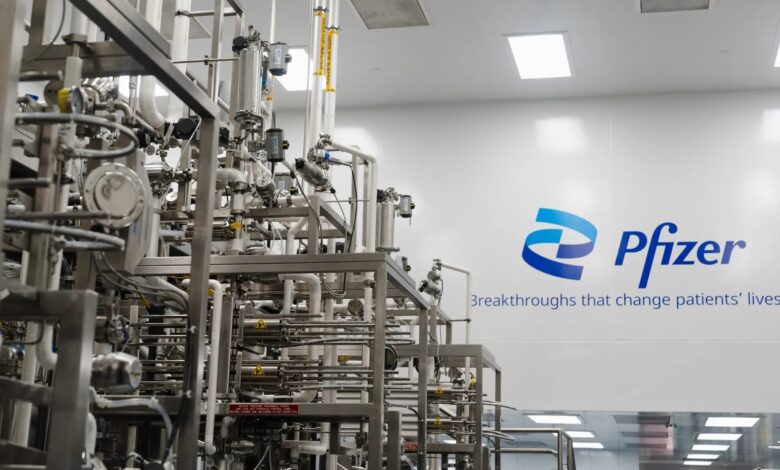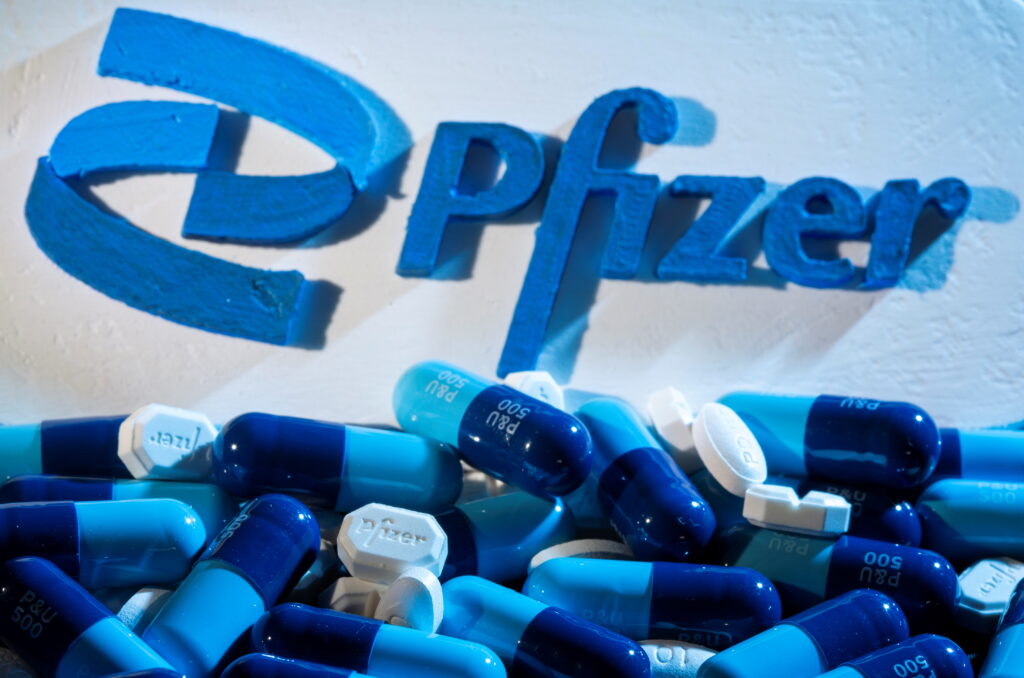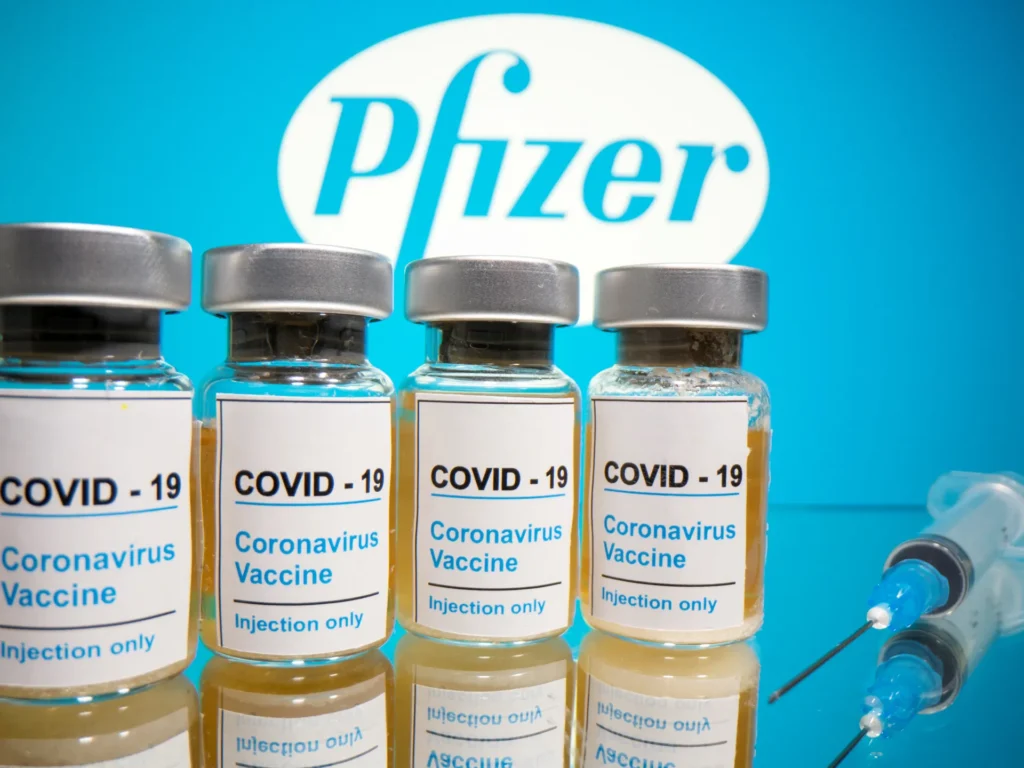How Pfizer Became a Pharmaceutical Powerhouse: A Story of Vision, Innovation, and Resilience

How Pfizer Became a Pharmaceutical Powerhouse: A Story of Vision, Innovation, and Resilience. Pfizer’s journey from a small chemical business in 1849 to one of the world’s most influential pharmaceutical companies is a testament to long-term vision, strategic pivots, and scientific innovation. Headquartered in New York City, Pfizer has consistently adapted to meet global healthcare challenges while navigating industry complexities with a focus on credibility, product integrity, and market foresight.
Foundational Years: A Strategic Start
Pfizer was founded by German-American cousins Charles Pfizer and Charles Erhart in Brooklyn, New York. Their first product was an antiparasitic called santonin, and its early success allowed the company to reinvest in production and expansion. During the American Civil War, Pfizer capitalized on demand for painkillers, preservatives, and disinfectants, significantly increasing its revenue.
From the beginning, Pfizer invested in quality control and in-house manufacturing, choosing not to outsource production. This decision built a strong reputation for consistency and safety, traits essential in pharmaceutical development.

Innovation in Production: The Penicillin Breakthrough
One of Pfizer’s most pivotal moments came during World War II. In 1941, Pfizer was among several companies enlisted by the U.S. government to mass-produce penicillin. Pfizer engineers developed a deep-tank fermentation process that revolutionized antibiotic production. By D-Day in 1944, Pfizer was the largest producer of penicillin in the world.
This breakthrough marked Pfizer’s transition from a chemical supplier to a pharmaceutical leader. It also highlighted the company’s ability to scale production of life-saving drugs, a capability that would become a cornerstone of its global impact.
Expanding the Portfolio: Strategic Mergers and Product Development
Throughout the latter half of the 20th century, Pfizer expanded through both innovation and strategic acquisitions. In 1960, it established a research facility in Groton, Connecticut, that became central to drug development efforts. The 1980s and 1990s saw the development of major drugs like Feldene (for arthritis), Norvasc (for hypertension), and Zoloft (for depression).
A major milestone came in 1998 with the release of Viagra. Originally developed for angina, its unexpected efficacy in treating erectile dysfunction turned it into a cultural and commercial phenomenon. Pfizer’s direct-to-consumer advertising strategy for Viagra helped normalize conversations around men’s health and transformed pharmaceutical marketing in the United States.
Acquisitions further bolstered Pfizer’s portfolio. The purchase of Warner-Lambert in 2000 brought Lipitor, a cholesterol-lowering drug that became the world’s best-selling medication for several years. Later, the acquisitions of Wyeth (2009), Hospira (2015), and Array BioPharma (2019) expanded Pfizer’s reach into vaccines, biologics, and oncology.

Navigating Crises and Regulatory Scrutiny
Pfizer has faced its share of regulatory and public challenges. The company has paid fines related to marketing practices, which prompted internal reforms in compliance and transparency. These moments forced Pfizer to enhance its corporate governance and adopt more rigorous ethical standards, laying the groundwork for more responsible marketing and drug approval processes.
The COVID-19 Vaccine: A Defining Moment
Perhaps the most defining chapter in Pfizer’s modern history is its role in developing a COVID-19 vaccine. In 2020, Pfizer partnered with German biotech firm BioNTech to develop one of the first mRNA vaccines authorized for emergency use. Unlike many peers, Pfizer chose not to accept government Operation Warp Speed funding, allowing it to operate independently and at its own pace.
The approval of the Pfizer-BioNTech COVID-19 vaccine in December 2020 marked a significant scientific achievement. It demonstrated the viability of mRNA technology and cemented Pfizer’s image as a responsive and capable global healthcare leader.

Digital Transformation and Future-Focused Strategy
Pfizer has increasingly embraced digital tools to streamline drug discovery, patient engagement, and supply chain logistics. Technologies such as artificial intelligence and cloud computing now play a central role in its R&D and commercial operations.
The company has also committed to sustainability, aiming to reduce greenhouse gas emissions and enhance access to medications in underserved regions through its “An Accord for a Healthier World” initiative launched in 2022.
Actionable Insights for Entrepreneurs
- Prioritize Product Integrity: Pfizer’s early decision to maintain in-house manufacturing laid the groundwork for its reputation in safety and quality.
- Innovate Through Crisis: The deep-tank fermentation process and mRNA vaccine development show how innovation under pressure can redefine an industry.
- Be Willing to Pivot: Pfizer’s shift from chemicals to pharmaceuticals, and later into biotechnology, demonstrates the value of adaptability.
- Strategic Partnerships Matter: Collaborations, like the one with BioNTech, can accelerate breakthroughs and open new markets.
- Own the Narrative: From direct-to-consumer advertising to digital transformation, controlling brand perception has been key to Pfizer’s sustained relevance.
Pfizer’s rise is not just a tale of scientific prowess, but also of strategic courage and operational excellence. Its ability to respond to global health needs with speed and integrity offers a blueprint for businesses seeking lasting impact in any industry.




